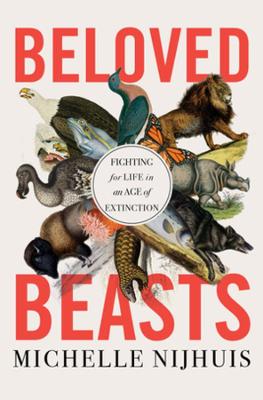Reviewed by annieb123 on
Beloved Beasts is a definitive modern survey course of the conservation movement and the players, both well known and lesser known who have shaped and guided our stewardship of the planet and our fellow creatures presented by Michelle Nijhuis. Due out 9th March 2021 from W.W. Norton & co, it's an information dense 352 pages and will be available in hardcover and ebook formats.
The author has a flowing journalistic voice with a no-nonsense accessible layman-friendly prose. The writing is readable and understandable. She doesn't sugar coat the facts or the realities, including the profiles of the conservationists she examines. The chapters follow a roughly chronological timeline and the thread which weaves them together is species conservation. The whole is punctuated throughout with illustrations drawn from media, history, and the arts. The chapter notes alone provided hours of further exploratory reading, along with the bibliography (usefully arranged by chapter relevance).
This would make a superlative choice for public library acquisition, gift giving, or home library, as well as a good support text for conservation, biology, ethics, and allied studies courses. One of my strongest reads so far in 2021.
Five stars.
Disclosure: I received an ARC at no cost from the author/publisher for review purposes.
Reading updates
- Started reading
- 27 February, 2021: Finished reading
- 27 February, 2021: Reviewed
